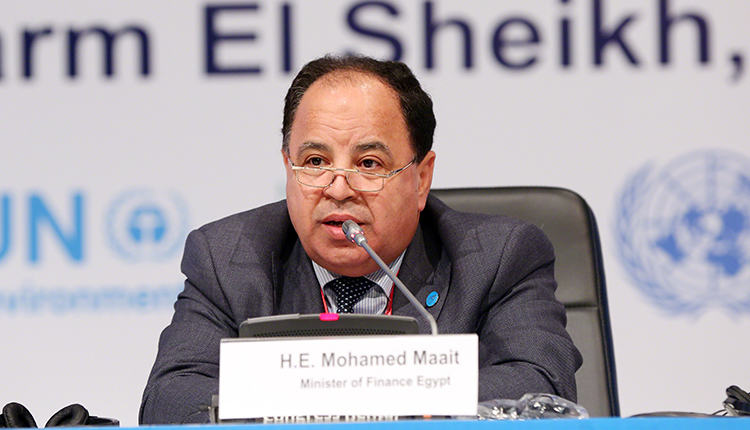Egypt to e-link tax, customs, and real estate tax services by end-June 2020 – minister
Egypt’s government plans to link the country’s tax, customs, and real estate tax services electronically by the end of June 2022, Minister of Finance Mohamed Maait said on Saturday.
“We are moving aggressively on the path of digital transformation to modernise and automate the tax and customs administration systems,” Maait said during an open meeting held with the president and members of the Egyptian Businessmen’s Association (EBA).
“This will be in a way that facilitates procedures and strengthens governance, broadens the export base, facilitates domestic and foreign trade, and reduces the cost of goods and services in local markets.”
All Egyptian ports will be linked to an electronic platform through the one-stop-shop system in customs by June 2021-end, a move that will lead to simplifying procedures, lowering the cost of goods, and reducing the customs clearance time to less than three days, he added.
The Egyptian minister said that the necessary measures are being taken to integrate Egypt’s regulatory authorities, and to provide laboratories for inspection in each port.
He also referred to the formation of one or more permanent joint committees in the inspection yards at each of the country’s customs port.
The new customs law’s executive regulations will not be issued until after it is proposed for dialogue with the business community.
Egypt’s customs law provides the possibility of the pre-clearance and payment of customs duties before the arrival of goods. It also allows the exchange of information and secured data electronically between the Customs Authority and state agencies or external parties.
This would reduce the time needed for the release of the goods without inspection through the green path, Maait said.
It would also contribute to the establishment of an electronic system for advance information about the goods before they are shipped from the export port to the Egyptian ports.
Egypt will be the first country in the Middle East to launch the electronic invoice and electronic receipt systems, he noted.
Additionally, the experimental operation of the automated unified tax procedures system will be launched at centres for large and medium taxpayers, as well as major professions, at the end of next December, the Egyptian minister said.
The filing of declarations through this system will be available in those centres by the next tax season. This system will be deployed over four stages to the remaining departments within two years, as of next January, Maait said.
The Egyptian Cabinet has recently approved a licence for the Ministry of Finance to establish a company specialising in tax technology solutions operations. Its name will the E-TAX Technology and Operating Solutions Company, designed to provide services and manage the operation and development of the electronic tax systems.
It will include the service provider system for the electronic invoice and electronic receipt systems, as well as the Egyptian Tax Authority’s (ETA) unified portal, the minister said.
As for the new amendments to the Income Tax Law, Maait said they will allow for the progressive construction of tax justice in Egypt.
This will guarantee that tax brackets are improved, and achieve tax savings for the lowest, middle, and upper-middle-income groups. It will also tackle the distortions that were present in the previous system, and which were based on tax deduction, in a way that helps ease the financial burdens on citizens.
Maait pointed to the 60 percent rise in the tax exemption threshold as the exemption bracket for each taxpayer was raised from 8,000 Egyptian pounds to 15,000 pounds ($511-$959).
This has been in addition to the increase in the personal exemption limit for salaried workers, from 7,000 pounds to 9,000 pounds, with annual incomes of 24,000 pounds to be exempted from taxes.
The minister explained that a new social segment has been created for low-income people whose annual net income ranges between 15,000 pounds and 30,000 pounds in addition to the personal exemption limit, which brings the tax to 2.5 percent.


